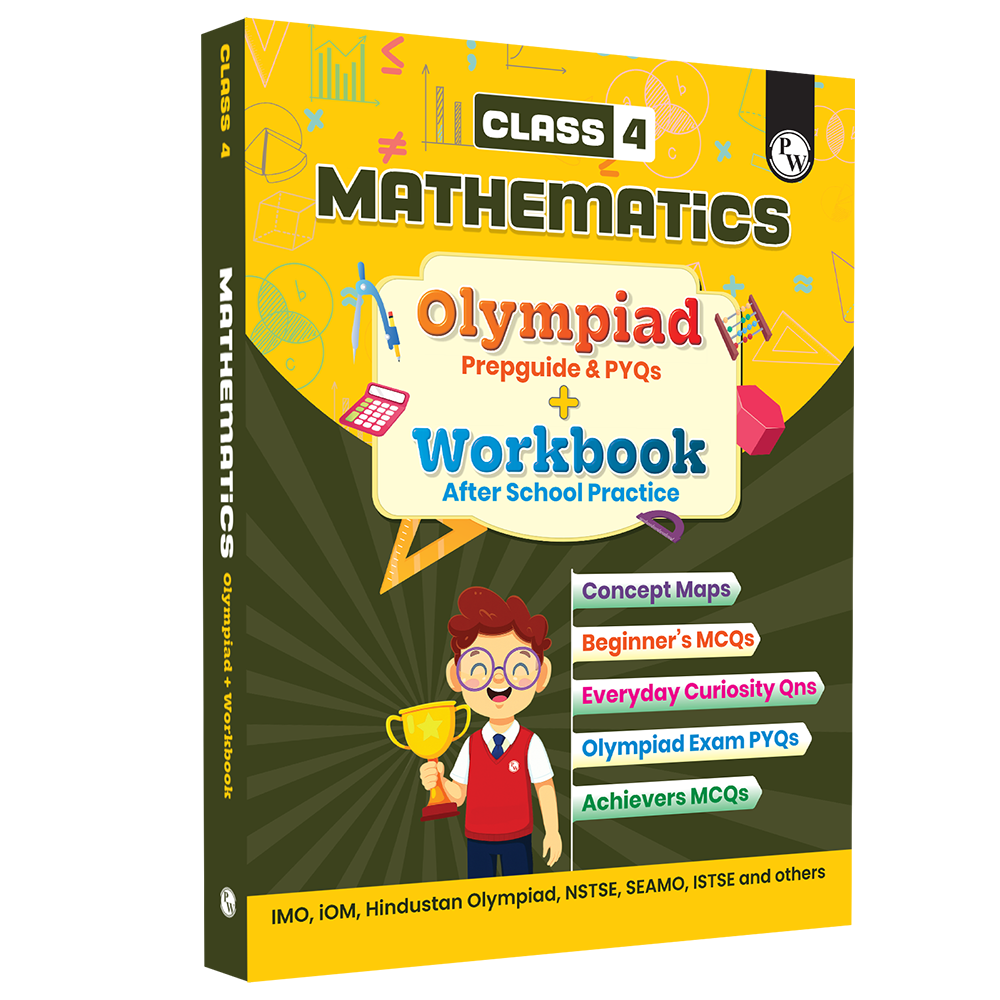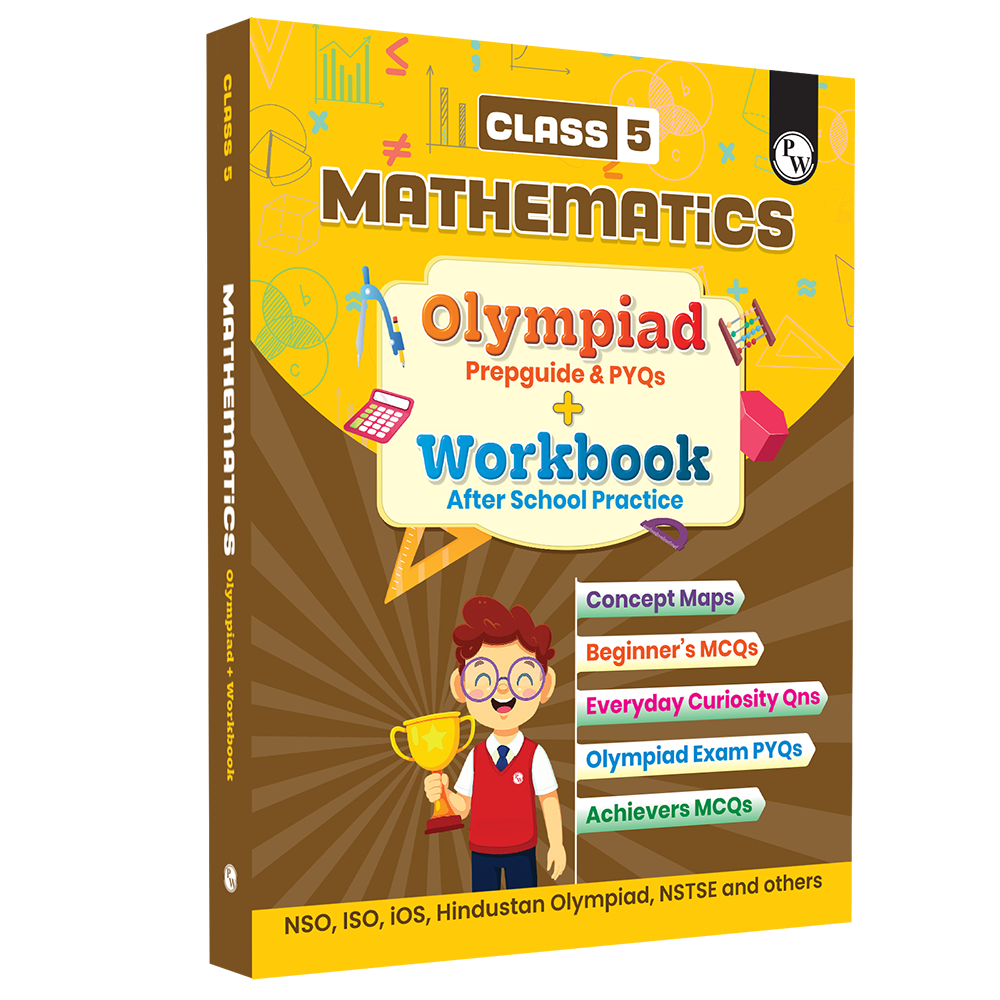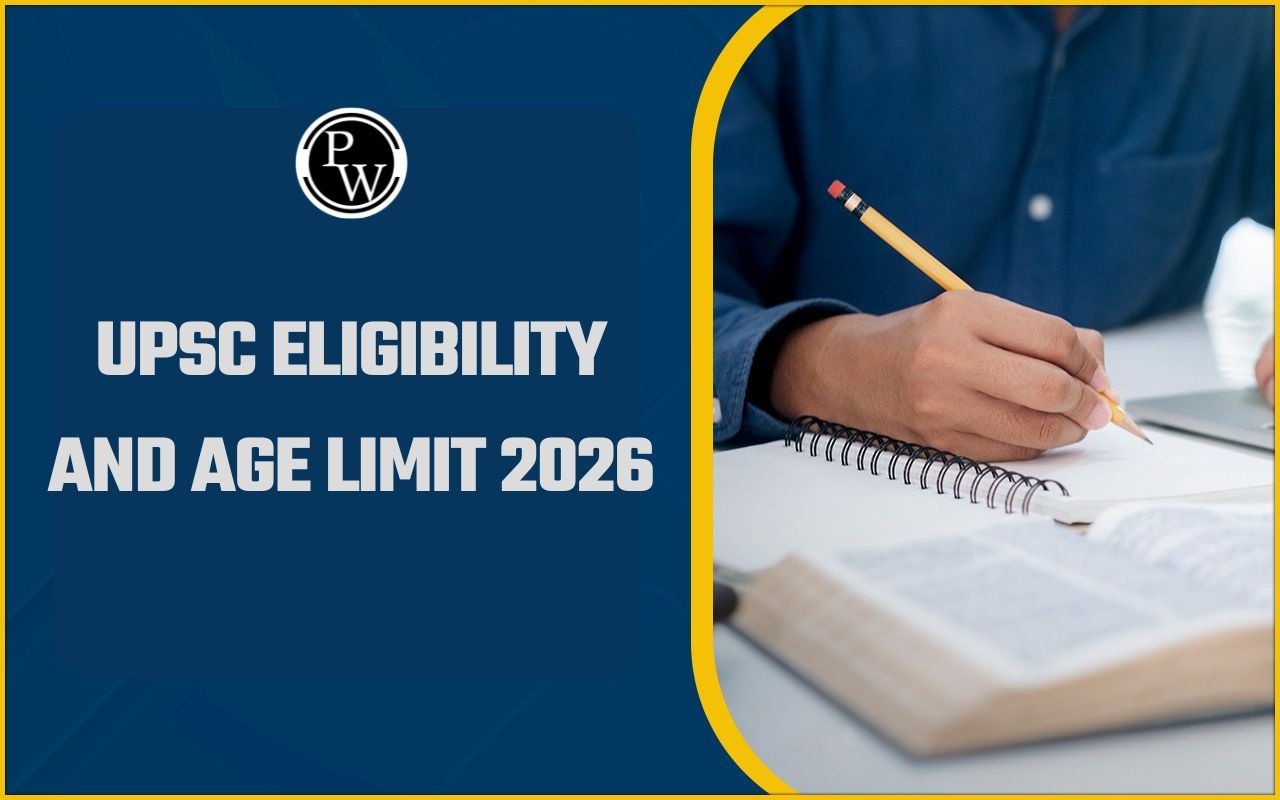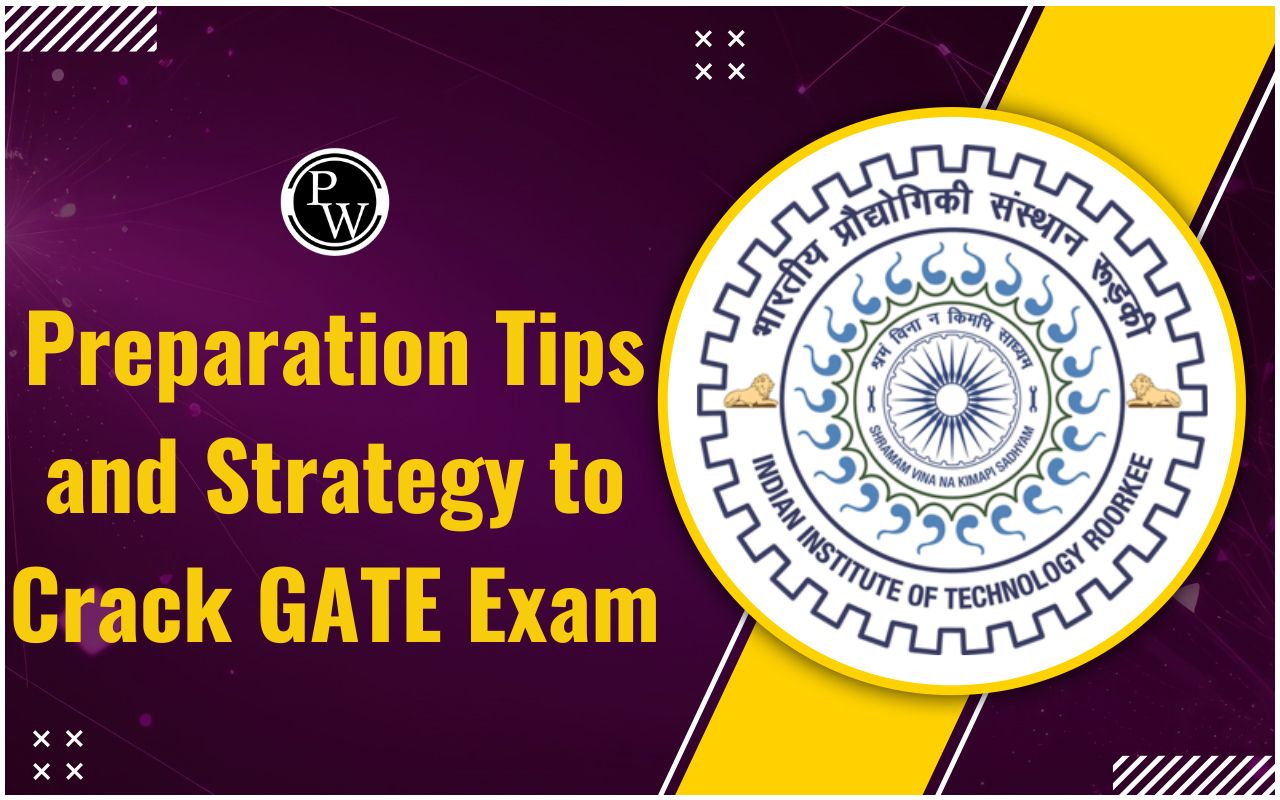IMO International Maths Olympiad Syllabus

IMO International Maths Olympiad Syllabus:- IMO International Maths Olympiad is a well-known maths competition for school students from Class 1 to 12. It helps students improve their problem-solving skills and develop a strong understanding of maths. To prepare well, students must know the IMO syllabus for their class. The IMO syllabus Class 9 includes topics like algebra, geometry, and number systems, while the IMO syllabus Class 10 covers advanced topics like coordinate geometry and trigonometry. Check the below article for detailed IMO International Maths Olympiad Syllabus.
Check Out: Olympiad Books
IMO International Maths Olympiad
The exam is divided into four sections, which vary slightly depending on the class level.
1. Section 1: Logical Reasoning
-
Tests analytical and logical thinking.
-
Includes questions on patterns, classification, coding-decoding, and series.
2. Section 2: Mathematical Reasoning
-
Covers core mathematical concepts from the IMO syllabus for each class.
-
Questions include numbers, algebra, geometry, mensuration, and data interpretation.
3. Section 3: Everyday Mathematics
-
Applies mathematical concepts to real-life situations.
-
Involves word problems, time-distance problems, and daily applications of math.
4. Section 4: Achievers Section
-
Higher-order thinking questions (HOTs).
-
Questions carry higher marks than other sections.
-
Tests in-depth understanding and advanced problem-solving skills.
Check Out: IOQM Olympiads Mathematics Comprehensive Guide For 2025 Exams
IMO International Maths Olympiad Syllabus
Check out the IMO International Maths Olympiad Syllabus:-
|
Class |
Section 1: Logical Reasoning |
Section 2: Mathematical Reasoning |
|
IMO Syllabus Class 1 |
Patterns, Odd One Out, Measuring Units, Geometrical Shapes, Spatial Understanding, Grouping, Analogy, Ranking Test, Problems based on Figures. |
Numerals, Number names, Number Sense (2-digit numbers), Addition, Subtraction, Lengths, Weights and Comparisons, Time, Money, Geometrical Shapes and Solids, Patterns. |
|
IMO Syllabus Class 2 |
Patterns, Odd One Out, Measuring Units, Geometrical Shapes, Analogy, Ranking Test, Grouping of Figures, Embedded Figures, Coding-Decoding. |
Numerals, Number names and Number Sense (3-digit numbers), Computation Operations, Length, Weight, Capacity, Time, Temperature, Money, Lines, Shapes and Solids, Pictographs, Patterns. |
|
IMO Syllabus Class 3 |
Patterns, Analogy and Classification, Alphabet Test, Coding-Decoding, Ranking Test, Grouping of Figures and Figure Matrix, Mirror Images, Geometrical Shapes, Embedded Figures, Days and Dates & Possible Combinations. |
Numerals, Number names and Number Sense (4-digit numbers), Computation Operations, Fractions, Length, Weight, Capacity, Temperature, Time, Money, Geometry, Data Handling. |
|
Syllabus of IMO Class 4 |
Patterns, Alphabet Test, Coding-Decoding, Ranking Test, Mirror Images, Geometrical Shapes and Solids, Embedded Figures, Direction Sense Test, Days and Dates & Possible Combinations, Analogy and Classification. |
Numerals and Number Names, Number Sense (more than 4-digit numbers), Computation Operations, Fractions, Length, Weight, Capacity, Time, Money, Geometry, Perimeter of Various Shapes, Symmetry, Conversions, Data Handling. |
|
Class 5 IMO Syllabus |
Patterns, Analogy and Classification, Geometrical Shapes, Mirror and Water Images, Direction Sense Test, Ranking Test, Alphabet Test, Logical Sequence of Words, Puzzle Test, Coding-Decoding. |
Numerals, Number names and Number Sense (7 and 8-digit numbers), Computation Operations, Fractions and Decimals, Measurement of Length, Weight, Capacity, Time, Temperature and Money, Conversions, Geometrical Shapes and Solids, Angles, Perimeter of Various Shapes & Area of Rectangle and Square, Symmetry, Data Handling. |
|
IMO Syllabus Class 6 |
Verbal and Non-Verbal Reasoning. |
Knowing our Numbers, Whole Numbers, Playing with Numbers, Basic Geometrical Ideas, Understanding Elementary Shapes, Integers, Fractions, Decimals, Data Handling, Mensuration, Algebra, Ratio and Proportion, Symmetry, Practical Geometry. |
|
IMO Syllabus Class 7 |
Verbal and Non-Verbal Reasoning. |
Integers, Fractions and Decimals, Exponents and Powers, Algebraic Expressions, Simple Linear Equations, Lines and Angles, Comparing Quantities, The Triangle and its Properties, Symmetry, Congruence of Triangles, Rational Numbers, Perimeter and Area, Data Handling, Visualising Solid Shapes, Practical Geometry. |
|
IMO Class 8 Syllabus |
Verbal and Non-Verbal Reasoning. |
Rational Numbers, Squares and Square Roots, Cubes and Cube Roots, Exponents and Powers, Comparing Quantities, Algebraic Expressions and Identities, Linear Equations in One Variable, Understanding Quadrilaterals, Constructions, Mensuration, Visualising Solid Shapes, Data Handling, Direct and Inverse Variations, Factorisation, Introduction to Graphs, Playing with Numbers. |
|
IMO Syllabus Class 9 |
Verbal and Non-Verbal Reasoning. |
Number Systems, Polynomials, Coordinate Geometry, Linear Equations in Two Variables, Introduction to Euclid's Geometry, Lines and Angles, Triangles, Quadrilaterals, Areas of Parallelograms and Triangles, Circles, Constructions, Heron's Formula, Surface Areas and Volumes, Statistics, Probability. |
|
IMO Syllabus Class 10 |
Verbal and Non-Verbal Reasoning. |
Real Numbers, Polynomials, Pair of Linear Equations in Two Variables, Quadratic Equations, Arithmetic Progressions, Triangles, Coordinate Geometry, Introduction to Trigonometry, Some Applications of Trigonometry, Circles, Constructions, Areas Related to Circles, Surface Areas and Volumes, Statistics, Probability. |
|
IMO Class 11 Syllabus |
Verbal and Non-Verbal Reasoning. |
Sets, Relations and Functions, Principle of Mathematical Induction, Logarithms, Complex Numbers & Quadratic Equations, Linear Inequations, Sequences and Series, Trigonometry, Straight Lines, Conic Sections, Permutations and Combinations, Binomial Theorem, Statistics, Mathematical Reasoning, Limits and Derivatives, Probability, Introduction to 3-D Geometry. |
|
IMO Syllabus Class 12 |
Verbal and Non-Verbal Reasoning. |
Relations and Functions, Inverse Trigonometric Functions, Matrices and Determinants, Continuity and Differentiability, Application of Derivatives, Integrals, Application of Integrals, Differential Equations, Vector Algebra, Three Dimensional Geometry, Probability, Linear Programming. |
Also Check, NSEP Advanced Physics For JEE & Olympiad 2025
-
Section 3 (Everyday Mathematics): Covers the same topics as Section 2 (Mathematical Reasoning) but focuses on their practical applications in daily life.
-
Section 4 (Achievers Section): Contains higher-order thinking questions based on Section 2 (Mathematical Reasoning) to test students’ problem-solving abilities.
How to Prepare for International Math Olympiad
The International Math Olympiad (IMO) is a highly competitive exam that tests students' mathematical reasoning and problem-solving skills. Check How to Prepare for International Math Olympiad:-
1. Understand the IMO Syllabus
A clear understanding of the syllabus is essential before beginning preparation. The syllabus varies for different classes, covering topics from basic arithmetic to advanced mathematical concepts.
For junior classes (1 to 5), the syllabus includes number sense, basic arithmetic, patterns, and shapes. The syllabus of IMO Class 4 focuses on computation, geometry, and data handling, while the Class 5 IMO syllabus includes fractions, decimals, area, perimeter, and basic algebra. For higher classes, the topics become more advanced.
2. Create a Study Plan
A well-organised study plan helps in covering all topics systematically. Start by thoroughly understanding the concepts rather than memorising formulas. This will enable you to apply mathematical principles effectively.
Regular revision is crucial to remember what you have learned. Solve different types of problems to improve adaptability and ensure you are comfortable with various question formats.
3. Solve Previous Year and Sample Papers
Practising with International Maths Olympiad question papers will familiarise you with the exam format and difficulty level. Solving past papers will help you understand the type of questions asked and refine your problem-solving techniques. Additionally, working on International Maths Olympiad sample papers allows you to test your knowledge and improve speed under timed conditions.
4. Learn Problem-Solving Tricks
Since the exam is time-bound, using shortcuts can help in quick calculations. Mental maths techniques can reduce the need for lengthy steps. Logical reasoning approaches can help solve problems efficiently without unnecessary computations. Recognising patterns in numbers, algebraic expressions, and geometry can further improve accuracy and speed.
5. Take Mock Tests
Mock tests play a crucial role in testing your preparation. Regularly attempting these tests will help you identify weak areas and improve performance before the final exam. They also build confidence in tackling different levels of difficulty while refining time management skills.
Read More: What is Olympiad Exam?
International Math Olympiad FAQs
1. What is the International Math Olympiad (IMO)?
The International Math Olympiad (IMO) is a prestigious mathematics competition conducted by the Science Olympiad Foundation (SOF) for students from Class 1 to 12. It examines mathematical reasoning, problem-solving, and analytical skills.
2. Who can participate in the IMO?
Students from Class 1 to 12 are eligible to participate in the IMO. Registration is usually done through schools affiliated with the Science Olympiad Foundation.
3. What is the syllabus for the IMO?
The IMO syllabus varies for each class, covering topics like number sense, algebra, geometry, trigonometry, and logical reasoning. Students can check the IMO syllabus for Class 9, Class 10, and other classes on the official SOF website.
4. What is the exam pattern of the IMO?
The IMO exam consists of four sections: Logical Reasoning, Mathematical Reasoning, Everyday Mathematics, and Achievers Section. The difficulty level increases as per the class.
5. How can I prepare for the IMO effectively?
To prepare well, students should understand the syllabus, practise previous years’ papers, solve International Maths Olympiad sample papers, and take mock tests. Regular revision and problem-solving practice are essential.











